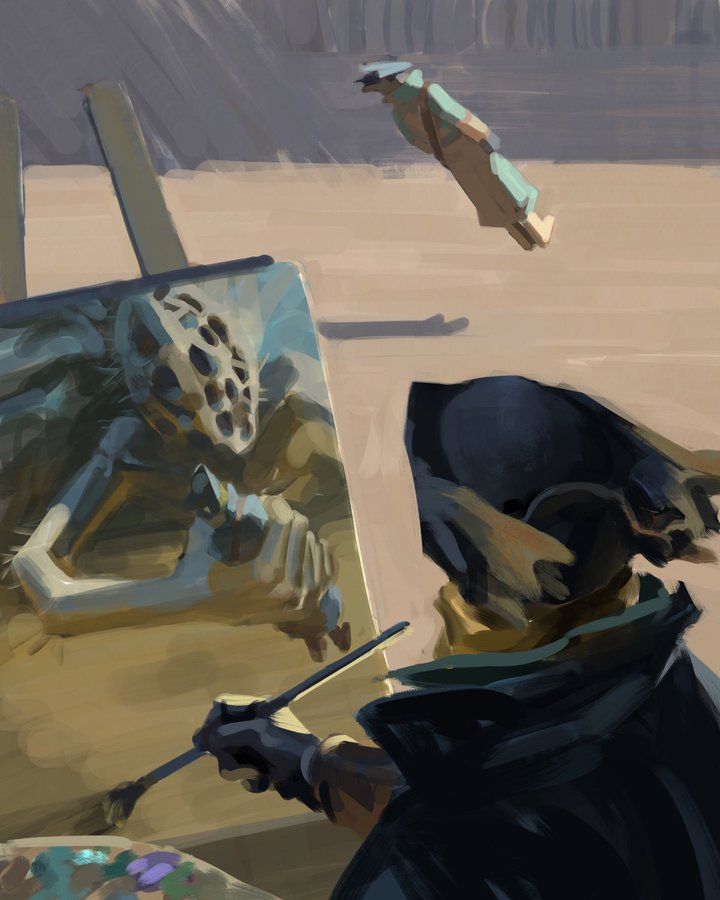

My dear friend - what if I told you that every call to Player.move should return an entirely new instance of a Player? One with an immutable position, and a helper function that takes a position delta - and constructs yet another Player!
What if I told you that all user interfaces are a function of application state; and all interactions apply a transformation that is then re-rendered? (We have gotten very good at only re-rendering the parts that change.)
Welcome to FP! There’s a whole world here for you to explore. You’ll be telling your friends about monoids and endofunctors before you know it :)












Lol this is the wrinkle - FP is great for humans, but under the hood, what is memory but a big block of mutable state? Sometimes we have to dig into the specifics for performance.
That being said - Rust knows that the instance of Player passed in is the only reference, and it can re-use that memory - maybe even mutate it in-place ;) while still presenting an FP interface to the user.